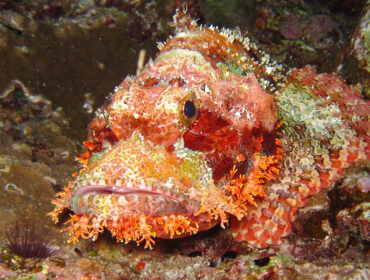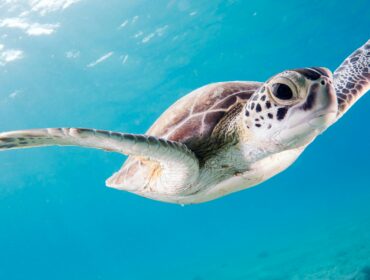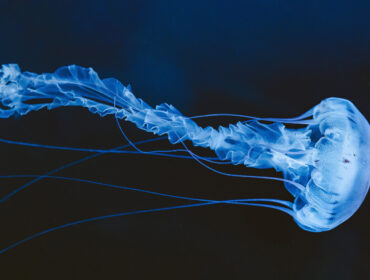One of the most iconic sea creatures in the reef, a corkscrew tentacle sea anemone is a must-see for any avid SCUBA diver. Also known by its Latin name, Macrodactyla doreensis, the corkscrew tentacle sea anemone is easy to spot with its long tentacles that coil into a corkscrew shape at the ends. While they are common in the ocean, they can also be found in captivity in public aquariums and private collections. Here are some cool facts about the quirky life of the corkscrew tentacle anemone.
It will completely cover itself with sand when threatened, and in fact, it is able to completely retract into the sediment. This is a highly effective defense mechanism for the corkscrew tentacle anemone. But it’s no shrinking violet — it can also become aggressive, moving across the substrate with its foot, stinging fish and coral. As a solitary creature, the anemone will attack other anemones that encroach on its territory. It can be found across the entire West Pacific, from Southern Japan to the Philippines, New Guinea, Australia, and Eastern Indonesia.
It sometimes, but does not always, host a symbiotic fish. Certain species of clownfish may engage in a symbiotic relationship with the anemone, passively feeding it scraps of fish and other food. However, the anemone is also known to live just fine on its own without any host fish.
The anemone takes food in and expels its waste through the same opening. This mouth will gape open when the anemone is stressed or hungry. It is a gateway to the anemone’s central cavity, which serves all its bodily functions. In other words, the anemone’s single body cavity serves as its stomach, circulatory system, intestine, and lung.
It is unknown for exactly how long the anemone can survive in the wild, but some have been estimated to have lived for hundreds of years. Captive anemones have been known to live for over 80 years.




